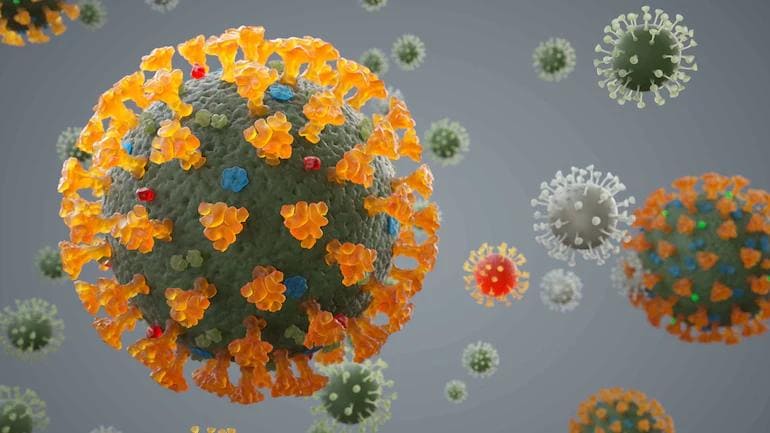




Disclaimer: Copyright infringement not intended.
Context
What is NeoCoV?
|
A Brief Background · Coronaviruses are a large family of viruses that are known to infect animals and humans. · They are largely categorised into four genera — alpha, beta, gamma and delta. · Broadly speaking, alpha and beta coronaviruses commonly infect mammals such as bats and humans, while Gamma and Delta mainly infect birds. · While animals, including bats, are generally considered as the reservoirs of coronaviruses, rarely spillover events could occur. It is possible for viruses that infect animals to jump to humans, a process which is known as zoonotic spillover. Many major infectious diseases, including COVID-19, is widely thought to be a result of spillover. · A number of human coronaviruses have been identified previously, including OC43, HKU1, 229E, and NL63 which cause mild and seasonal infections in humans and SARS-CoV and MERS-CoV which cause severe disease. SARS-CoV-2, the coronavirus responsible for the COVID-19 pandemic, belongs to the genus of beta coronavirus and is in fact the 7th type of coronavirus known to infect and cause severe disease in humans. |
The recent report
ACE 2
https://epaper.thehindu.com/Home/ShareArticle?OrgId=G3N9EJDGI.1&imageview=0






© 2025 iasgyan. All right reserved